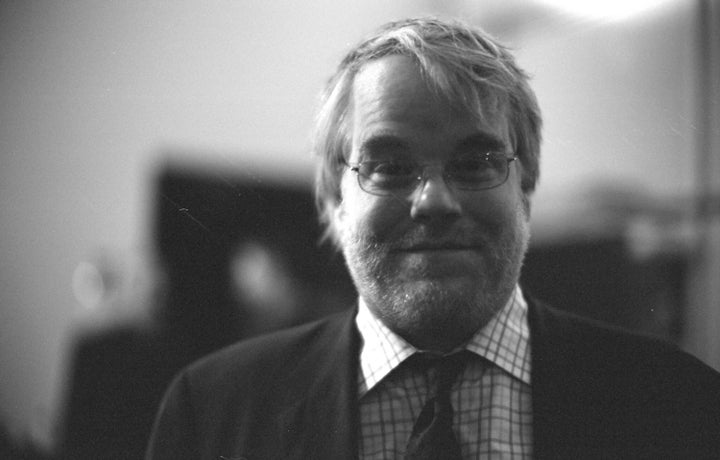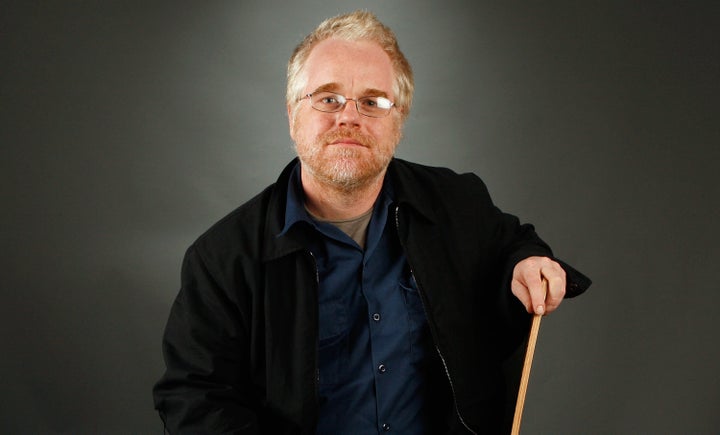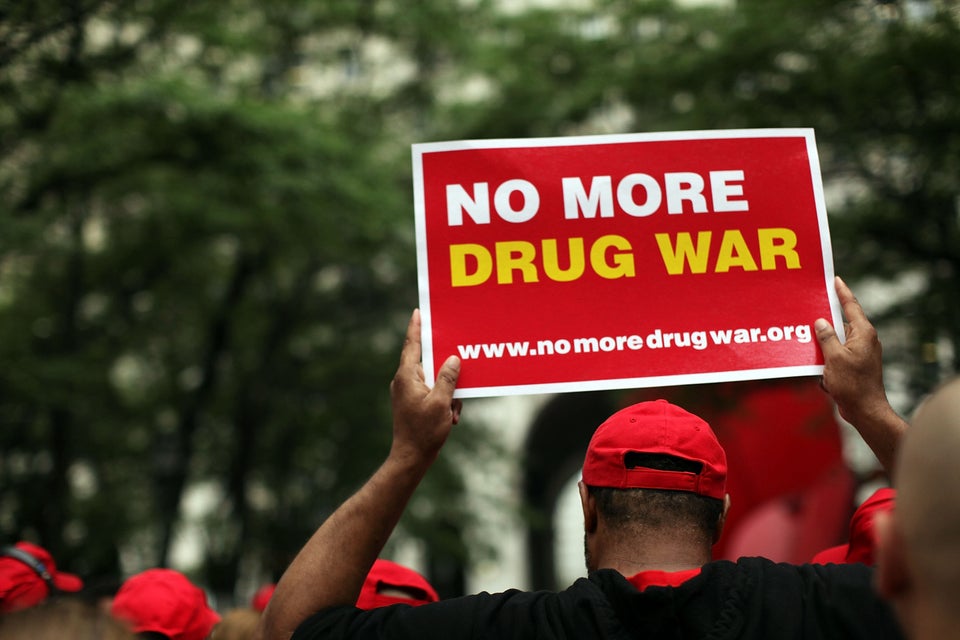
Three years ago today, the general American public woke up to the heroin crisis surrounding them.
That was the day Philip Seymour Hoffman died. On Feb. 2, 2014, playwright David Katz found the actor in his Manhattan apartment with a syringe in his left arm and eyeglasses on his head. When police arrived, they discovered 50 envelopes filled with what looked like heroin, as well as other empty bags, used syringes and prescription drugs. An autopsy later confirmed Hoffman died of an acute mixed-drug intoxication. Hoffman, it ends up, had heroin, cocaine, benzodiazepines and amphetamines inside of him when he died.
The number of people dying from heroin and other opioids had been surging for years, and would continue to grow after, but in the week that followed Hoffman’s death, people in the United States showed concern for the heroin epidemic like never before, searching Google for the word at the highest rate ever.

Media outlets jumped on the interest and connected Hoffman’s death to the country’s larger ongoing heroin crisis. The Atlantic published “Hoffman and the Terrible Heroin Deaths in the Shadows.” US News & World Report’s published “Hoffman’s Death Highlights Growing Heroin Epidemic.” BuzzFeed published “700 Words That Explain Exactly What It Feels Like To Do Heroin.”
For a fleeting moment, the American people as a whole seemed to care. And then, just like that, the interest fell back to normal, never to return in quite the same way.
The heroin crisis, however, continued on. In 2015, the year after Hoffman’s death, 30,000 people died of opioid-related issues, according to the Centers for Disease Control and Prevention. More people, in fact, died from heroin-related causes that year than gun-related homicides, an enormous shift from 2007, when there was only one heroin-related death for every five people murdered with a gun.
Today, more than one-third of Americans know someone who is addicted to opioids. But the heroin crisis, much like the many other drug crises before it, has struggled to remain in the national consciousness. Every once in a while, public interest is renewed, as when “Saturday Night Live” did a sketch on heroin last April, or when an Ohio city released a photo of a man and a woman passed out in a car after apparent heroin overdoses, while a 4-year-old child sat in the back.
Outside that, though, the national conversation has often been muted. But there are people in local communities around the country doing the thankless work it takes to fight back. When Hoffman died, The Huffington Post’s own Jason Cherkis was already in Kentucky, where he spent a year talking to people affected while trying to figure out how to better fight opioid addiction. The result of that investigation, “Dying To Be Free,” argued persuasively that medication-assisted treatment of heroin addiction worked better than abstinence ― so persuasively, in fact, that a week after it was published, in 2015, the White House drug czar announced that any state-required abstinence-based treatment would no longer receive federal funds.
There have been other signs of progress, too. Some local police departments have started to let it be known that you can walk into police stations with drugs and needles and just say you need help without being arrested. Last September, President Obama hosted Prescription Opioid and Heroin Epidemic Awareness Week just months after signing legislation to combat the heroin and opioid epidemic. But it is not enough. The heroin crisis rages on.
For too many Americans, it would be impossible to ever forget heroin’s pain. For them, addiction isn’t an issue they hear about in the news. It is their families, their friends, their communities and their world.
They don’t need reminding of heroin’s anger. But the rest of the country does. Three years ago today, the general American public woke up to the heroin crisis surrounding them. That was the day Philip Seymour Hoffman died. A week later, too many of us went back to sleep, choosing to forget the pain he quietly endured alongside the millions of other Americans struggling with addiction.
But it’s never too late to wake up again. To call your congressman and reach out to your friends. To simply care, and to make sure you never fall back asleep to the effects of these drugs on the communities around you.
Heroin can take anyone. It can even take away the best that we’ve got. Did you forget about Philip Seymour Hoffman? You shouldn’t. You really shouldn’t.

Need help with substance abuse or mentalhealth issues? In the U.S., call 800-662-HELP (4357) for the SAMHSA NationalHelpline.

